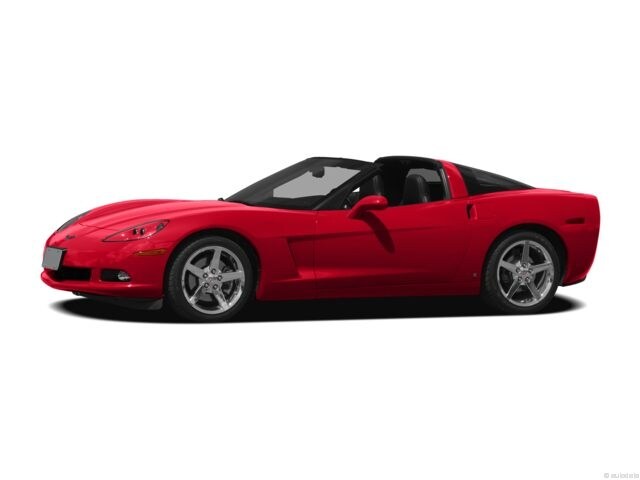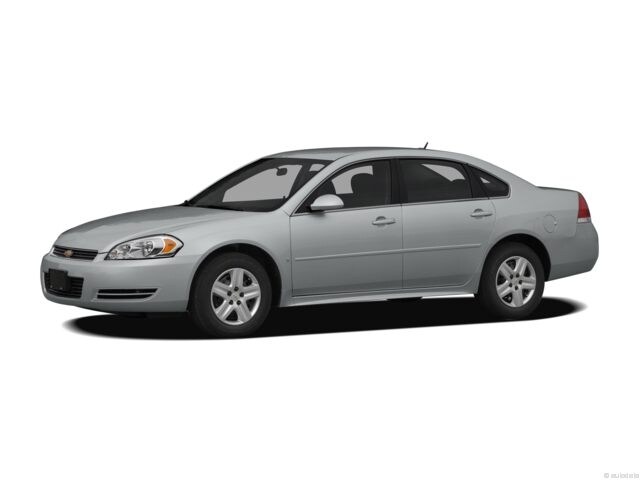INTERNET SPECIAL

2012 CORVETTE COUPE
Total Confidence Pricing
With Total Confidence Pricing, the price you see is the price you pay-plain and simple. So you can rest assured you're getting a great deal on your Chevy, with no need to negotiate. To us, that's Total Confidence.
Love It or Return It
We're so confident you'll love your new Chevy, we'll give you up to 60 days to make sure of it with our new Love It or Return it Guarantee. Buy a new Tahoe, and if you're not happy, you can bring it right back. Needless to say, we're pretty confident you won't want to let it go. That's Chevy Confidence.
Must return between 30-60 days. Mileage and Damage limitations apply. Excludes leases. Excludes GM and Dealer Employees. See Terms & Conditions
Prices do not include additional fees and costs of closing, including government fees and taxes, any finance charges, any dealer documentation fees, any emissions testing fees or other fees. All prices, specifications and availability subject to change without notice. Contact dealer for current information
* EPA Estimates Only
* Tax, title and license are extra. Not available with special finance and lease programs, and some other offers. Applies only to 2012 models. Take delivery by 9/4/12. See dealer for details. Excludes the love it or return guarantee.
* EPA Estimates Only
* Tax, title and license are extra. Not available with special finance and lease programs, and some other offers. Applies only to 2012 models. Take delivery by 9/4/12. See dealer for details. Excludes the love it or return guarantee.
Offer expires: 09/04/2012

